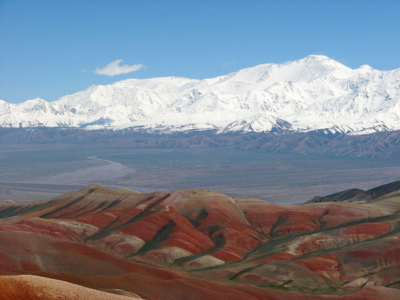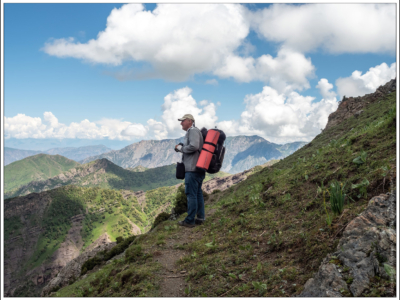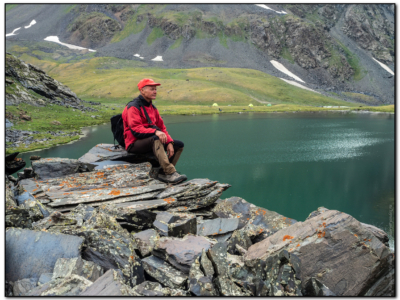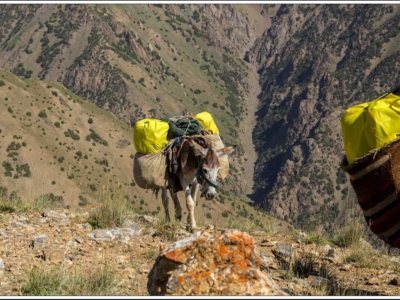Great Trekking in Western Tien Shan: from Talas to Sary-Chelek
Trekking from Talas to Sary-Chelek is a real journey through the natural treasures of the Western Tien Shan of Kyrgyzstan, where every step reveals new breathtaking views. This is a road where nature seems to tell its stories through the sounds of the wind, the murmur of mountain streams and the majestic silence of the mountains.
The route begins in the Talas Valley, where the soft silk of steppe grasses caresses the eye, and the air is filled with freshness and aromas of mountain plants. The morning sunrise gently spreads over the fields, giving everything around a golden hue. Here, the pastures are strewn with flowers, and in the distance, the mountains seem like bluish giants inviting you into their world.
As you climb to the passes, the landscape becomes more dramatic. Harsh cliffs covered with dark pine give way to soft alpine meadows. Crystal clear streams, fed by melting glaciers, meander along the trail, shimmering silver in the sun. Sometimes you come across tiny lakes hidden among the rocks, like mirrors reflecting the bottomless sky.
The passes open up views of endless valleys and picturesque gorges. Here, time seems to stop. The space fills the soul, and the wind carries with it the smell of pine needles and freedom.
When the path approaches Sary-Chelek, nature begins to change. The forest becomes denser, the trees are taller, and the air is saturated with humidity. And finally, Lake Sary-Chelek opens before your eyes – the pearl of this path. It sparkles among the mountains, like a fairy-tale oasis. The water is clear and quiet, surrounded by green hills and snow-capped peaks. Here you want to linger, absorb this harmony and endless beauty.
This route is not just a path, but a symphony of nature, where each element, from the steppes of Talas to the mirror-like surface of Sary-Chelek, creates a single, majestic work.
Transport: You will be provided with a car from Bishkek to Talas, as well as from Sary-Chelek to Bishkek. Transfers to the airport.
For a comfortable trekking, your cargo will be carried by horses. You will be able to enjoy the journey lightly.
In order to be prepared for weather changes, you must have a warm jacket, raincoat, sweatshirt, mountain sports boots, sleeping bag, mat, hat, sunglasses
From personal equipment you must have: a flask, a flashlight, a sleeping bag and mat, an individual first aid kit.




